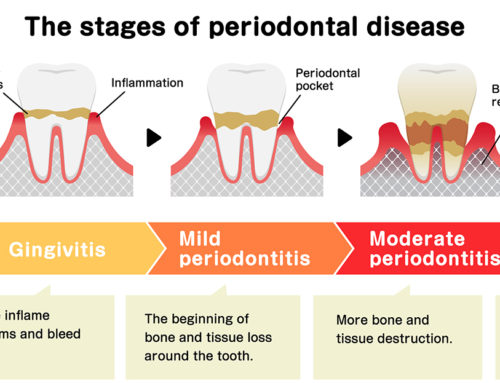Dr. Wright has over 23 years of experience in the practice of dental implant placement.
One of his highest priorities is that you fully understand your course of treatment and that you are aware of all alternatives available to you.
The Cone Beam scan is used to determine a treatment plan for dental implants, helping determine size and placement of the implant. Cone Beams gives a clear view of facial nerves and bone structure, which allows us to customize your procedure.
Dental implants are the modern alternative. Technology has evolved to the point where patients have the alternative to other restorative choices. Like have a three unit bridge, which reshapes two perfectly healthy teeth, or removable appliances.
Dental implants are long-term replacements that your doctor surgically places in the jawbone. The dental implants are composed of titanium metal the “fuses” to the jawbone through a process called “osseointegration”. With dental implants, you do not have to worry about decay. Also, given the fact that the titanium is surgically inserted into your jawbone you will typically not have to worry about bone loss.
The basics of a dental implant consist of three parts: the titanium implant, the final abutment, and the crown. If your general dentist wants to do the final abutment, you will see your general dentist after full integration of the implant has been decided on by your periodontist. Other times your general dentist will have your periodontist place the final abutment. The final crown will be placed by your general dentist.
Click here fore for information about DENTAL IMPLANTS
Dental implants are now considered the standard care for replacing several missing teeth, especially if the teeth lost are in a row. When multiple teeth are missing it is crucial to replace them in order to prevent bone loss and facial structure collapse.
Dental implants can now be used to anchor partial and full dentures. This prevents the slipping, irritation, and pain associated with “floating” partials and dentures. It also prevents the tedious removal of dentures for overnight soaking and cleaning. Dental implants also eliminate the need for dental adhesives. This allows you to enjoy eating the foods you previously avoided. With dental implants, your partials or dentures are firmly anchored to the jawbone, causing them to feel much more like natural teeth.
There are two type implant supported dentures to consider.
There is the Bar-Retained Denture. This type of implant supported denture has several implants surgically placed in the jawbone. Attached to the implants is a metal bar that runs along the gum line. The denture then rest on the metal bar and is attached using clips or other type of attachments.
Then there is the Ball-Retained Denture. This type of denture uses a ball-and-socket design to attach the denture to the implants.This form of denture is considered exceptionally secure and will allow for an open upper palate denture.
The Success Rate of Dental Implants
After their healing period, the success rate of dental implants is between 94% and 98%. If you are a non-smoker with good oral hygiene, the percentage is closer to 98%.
Does the Procedure Hurt?
Click here to learn about what to expect when an implant is placed.
The discomfort involved with receiving a dental implant is similar to that of having a cavity filled. It is often done with light sedation and patients generally experience little discomfort after the procedure.
How Long Will Dental Implants Last?
Dental implants become fixed to the jawbone. Though the life span of a dental implant will vary with each patient, many have lasted for over 30 years. With good oral hygiene and regular cleanings, dental implants should last a lifetime. In contrast, the average life span of a traditional fixed bridge is between 10 and 15 years.
What Is Bone Regeneration?
A critical question in determining whether an implant can be placed is, “Is there enough bone to support the implant?” Fortunately, advanced bone regeneration techniques now make it possible to place many more implants than just 10 years ago.
Am I a Candidate for Dental Implants?
Dental implant treatment begins with an evaluation by your general dentist who will determine if you are a good candidate for this procedure. If dental implants might be possible, he or she will send you to a periodontist for a placement evaluation.




